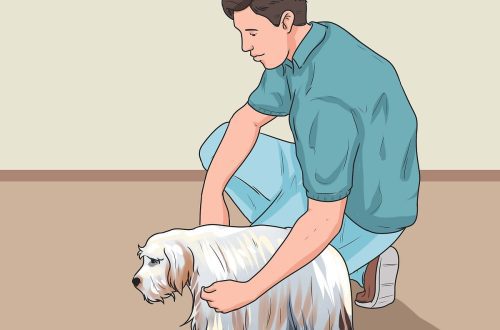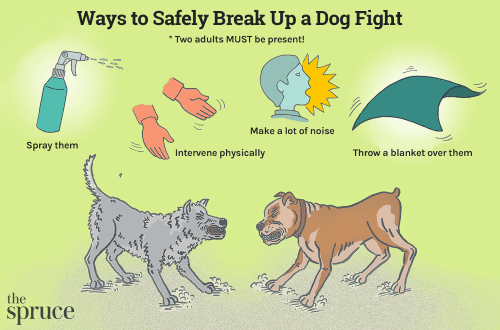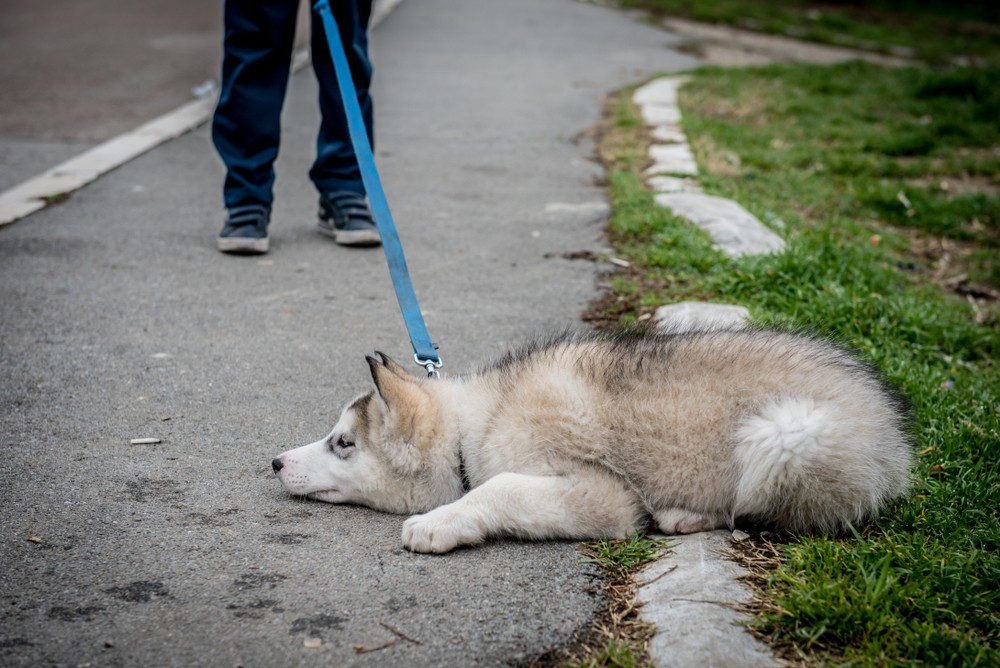
The dog does not want to go home after the walk. What to do?
Some potential dog owners are guided only by their desire, which means they act selfishly. However, biology — a merciless and vindictive lady. She takes revenge on such owners with the hostile actions of the dog: the destruction of the apartment, urination and defecation in the house, howling and barking (complaints of neighbors!), dog disobedience, and even aggressiveness.
Most domestic dogs, i.e. dogs living in apartments and houses, are under constant stress. Judge for yourself: a domestic / apartment dog lives in conditions of spatial limitation, i.e. in a closed space. And who exists in conditions of limited freedom? Correctly. Prisoners. Thus, the domestic / apartment dog is sentenced to life imprisonment. This I mean that the restriction of freedom in all living beings causes a state of stress of varying degrees of severity.
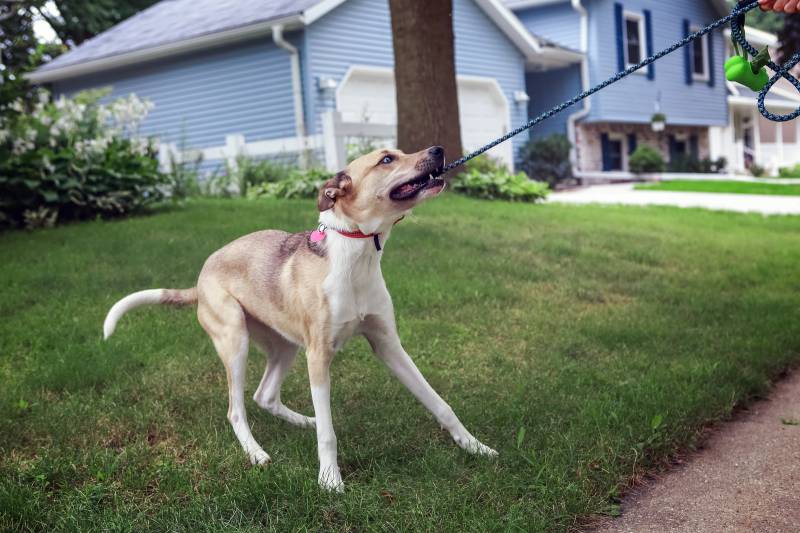
What if you walk the dog?
If the dog is walked a lot, often and correctly, then this will certainly help. However, a survey of 439 dog owners of 76 breeds showed that the duration of a morning walk for 53% of owners is from 15 to 30 minutes. But during this time it is impossible to satisfy the needs of the dog: the need for physical activity, the need for new information and the need for additional stimulation. This is actually true because studies have shown that the total number of unwanted dog behaviors correlates with the length of the walk: the longer the morning walk, the less unwanted behaviors are reported.
If we talk about the need for physical activity, then dogs need to be walked until tired. Then they will be happy. No time? Why did you get a dog then?
In the evening, the owners walk their dogs longer. This is true. But they walk longer not because dogs need it, but walk longer in order to relax after a working day and relax before bed. In the evening, dogs do not need to walk longer. They sleep at night.
A walk is not only a physical activity, it is the time when the dog is exposed to millions of different stimuli and stimuli that are so necessary for the optimal existence of its nervous system. Let’s remember that for thousands of years the dog’s central nervous system has existed and developed under the influence of a huge number of a wide variety of stimuli and stimuli. And it has become not only the norm, but also a need.
When you go to work and leave the dog alone in a cramped, poor and monotonous apartment, he experiences sensory deprivation. And it doesn’t make her happy. By the way, in conditions of sensory deprivation, people also experience a state of stress, become depressed or go crazy.
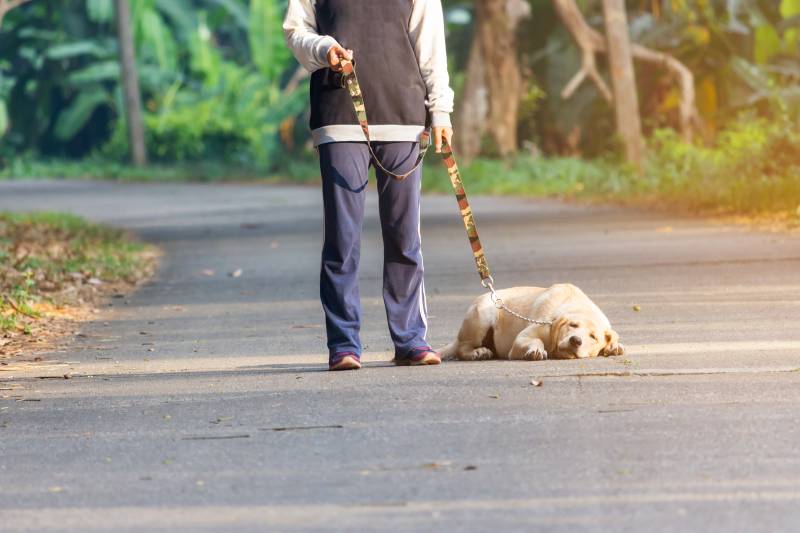
And when you leave a dog alone, you leave him alone! And in all the books it is written that the dog is a highly socialized creature. Left alone, she finds herself in a situation of social deprivation and experiences, respectively, a state of social stress and boredom.
Thus, for some dogs, returning home means returning to solitary confinement, a situation of sensory and social deprivation and restriction of freedom. Now you understand why some dogs don’t want to go home.
What to do?
Organize the dog’s maintenance in such a way as to satisfy the deficiencies that it experiences. Get up early and walk the dog longer and more actively. Get intelligent dog toys at home.

If you can’t do it yourself, hire a human to come or take the dog to the nearest dog hotel on the way to work, where they can treat the dog to meet all of his canine needs.
Walk your dog on a leash and teach unquestioning obedience. This, of course, will not make the dog happier, but it will remove the problem with resistance.



